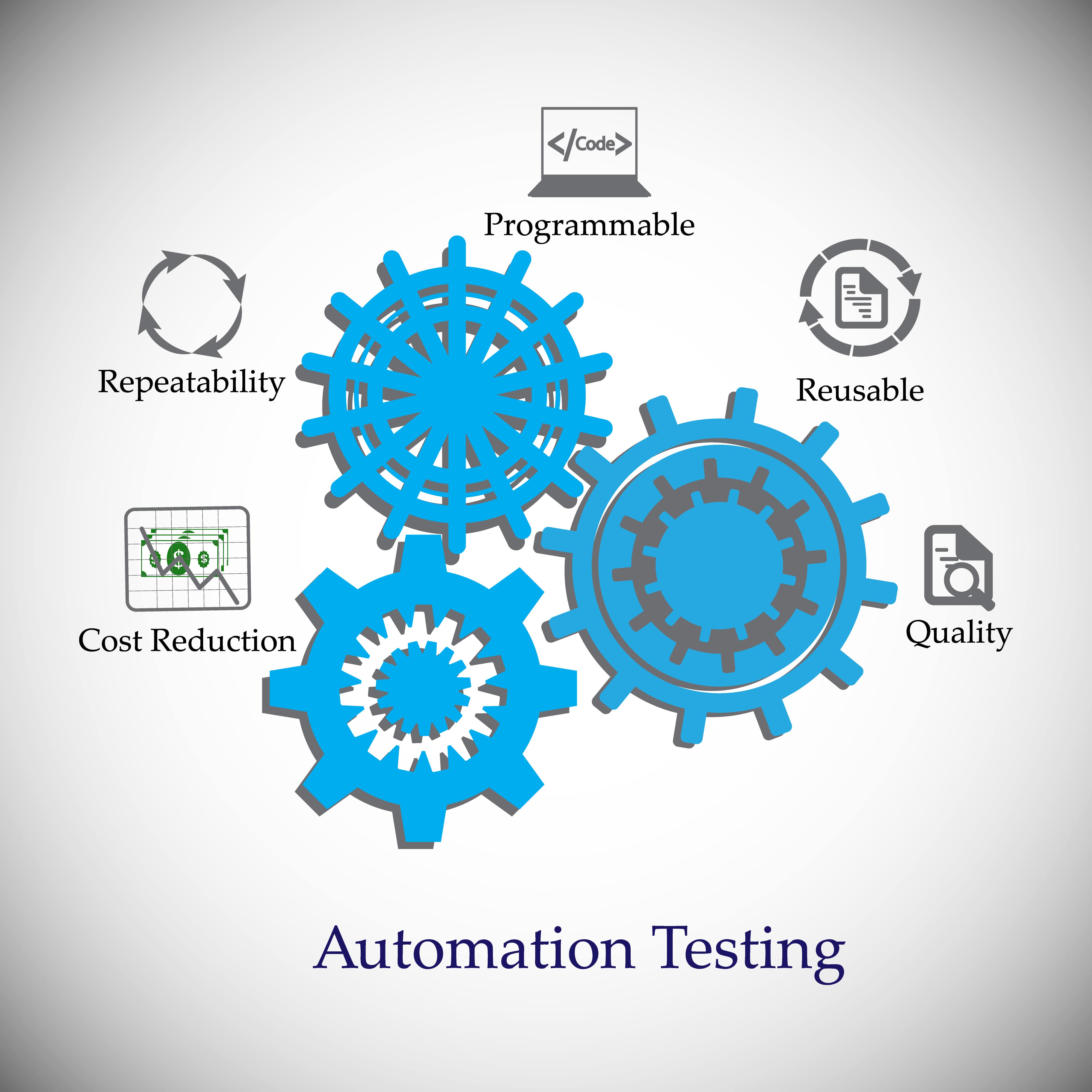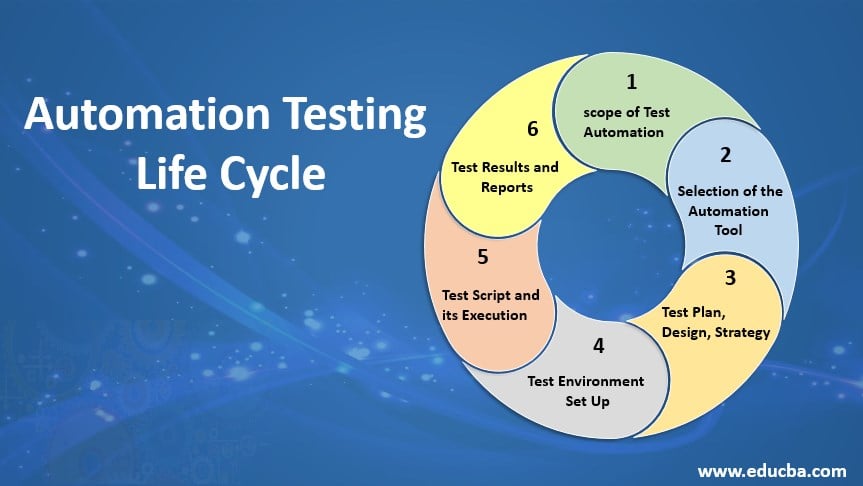From Handbook to Automated Screening: A Comprehensive Overview to Transitioning Efficiently and Properly
In the realm of software program screening, the change from handbook to automated processes has come to be a significantly crucial shift for organizations seeking to improve efficiency and accuracy in their testing techniques. The trip from guidebook to automated screening is not without its challenges, yet when come close to purposefully and with a clear strategy in mind, the benefits can be substantial.
Benefits of Automated Examining
Automated screening offers various benefits, boosting efficiency and accuracy in software program development processes. Automated tests can be run all at once on multiple devices and operating systems, dramatically speeding up the screening phase compared to hands-on screening.
Additionally, automated testing makes sure a higher level of precision in identifying problems. Considering that automated examinations comply with predefined manuscripts, human error is minimized, causing more trustworthy examination outcomes. Consistency in testing is likewise boosted, as automated examinations implement the same steps precisely each time they are run. This consistency is essential in guaranteeing that all capabilities of the software program are thoroughly tested, decreasing the probability of undetected pests slipping with to manufacturing.
Choosing the Right Tools

First of all, analyze your goals and needs. Understand the range of your task, the technologies involved, and the capability of your team. This evaluation will certainly aid you establish the features and abilities you require in your screening devices.
Secondly, consider the compatibility of the devices with your existing systems and procedures. Seamless assimilation with your present software program advancement lifecycle is important to make sure a smooth transition to automation.
In addition, examine the scalability and versatility of the tools. As your screening needs evolve, the devices must be able to adjust and fit changes properly.
Finally, consider the assistance and neighborhood around the devices. Robust assistance and an active user area can supply important sources and help when executing automated screening. By carefully taking into consideration these elements, you can pick the right tools that line up with your requirements and set the phase for a successful transition to automated screening.
Creating Effective Examination Manuscripts

When crafting test manuscripts, it is important to consider the details demands of the software being checked and guarantee that the scripts attend to all crucial functionalities. Descriptive and clear calling conventions for test manuscripts and examination cases use this link can boost readability and maintainability. Furthermore, including error handling devices within the test manuscripts can aid in determining and resolving problems without delay.
Additionally, arranging test manuscripts right into modular elements can boost reusability and scalability, decreasing redundancy and boosting efficiency in test manuscript maintenance. Routine reviews and updates to examine scripts are important to equal progressing software demands and performances. By adhering to these concepts, testers can create effective and robust examination manuscripts that add considerably to the success of automated testing procedures.
Integrating Automation Into Workflows
By effortlessly integrating automated screening devices like Selenium or Appium right into the software growth lifecycle, teams can attain faster feedback on code adjustments, leading to quicker bug discovery and resolution. This integration enables for continuous testing throughout the growth process, making certain that any concerns are identified early on, resulting in higher software program quality. Appropriate integration of automation tools needs collaboration between advancement, screening, and operations teams to develop a unified operations that optimizes effectiveness and performance in delivering high-grade software products.
Making Sure a Smooth Transition
Successfully transitioning to automated testing includes thorough planning and careful implementation to take full advantage of and lessen disturbances efficiency in the software advancement process - automation testing. To make sure try this out a smooth change, it is vital to start by carrying out a thorough assessment of the current anchor testing processes and determining areas where automation can bring one of the most substantial advantages. Involving with all stakeholders early on while doing so, consisting of programmers, testers, and task supervisors, is essential for garnering support and buy-in for the automation initiative
Interaction is vital throughout this change stage. Clear communication of the goals, benefits, and assumptions of automated testing aids to take care of any resistance or issues that may occur. Furthermore, offering sufficient training and resources for staff member to upskill in automation tools and techniques is vital for ensuring an effective change.

Verdict
In conclusion, transitioning from guidebook to automated screening offers many advantages, consisting of enhanced effectiveness and dependability. By selecting the suitable tools, composing efficient examination manuscripts, and incorporating automation effortlessly right into operations, companies can make certain a successful and smooth transition. It is important to welcome automation as a beneficial property in software screening procedures to boost total top quality and productivity.
In the realm of software screening, the change from handbook to automated procedures has actually become a significantly vital transition for companies seeking to improve performance and precision in their screening techniques. Automated tests can be run at the same time on several gadgets and operating systems, drastically speeding up the testing phase contrasted to hands-on testing. Uniformity in testing is also boosted, as automated tests execute the very same steps specifically each time they are run.To guarantee the successful implementation of picked testing devices, the development of reliable test manuscripts plays an important function in confirming the performance and efficiency of automated processes - automation testing. By adhering to these principles, testers can develop robust and effective test manuscripts that contribute dramatically to the success of automated testing procedures